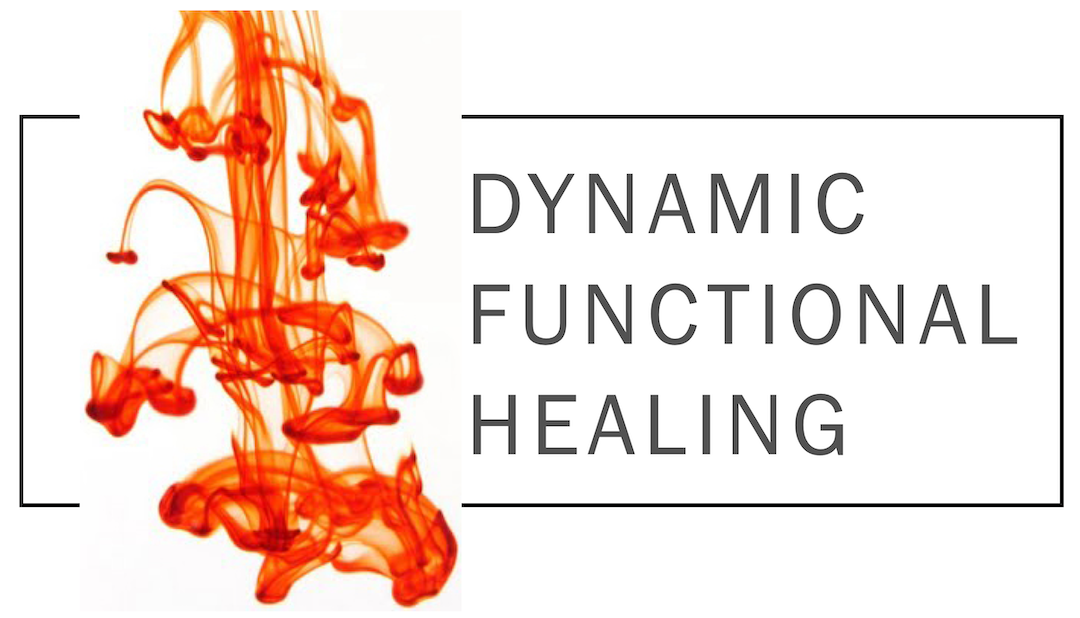My shin splints returned. In a way this was a good thing because I've been working on my breathing so I can't run like I used to and it motivated me to get into the habit of foam rolling.
Here's a YouTube video tutorial (someone else's) on rolling out the shins. It's a really good technique for injury prevention, improving short-term range of motion and mobility.
Foam rolling effects deep myo-fascial release between layers of fascia where lymph is free to flow. Powerful therapy! Rock Tape performs a lot of research on best methods. They recommend longer time spent foam rolling post-workout, when your muscles are warmed and worked, than for pre-workout, when your muscles are relatively tight. It's akin to starting superficial and getting deeper as a massage progresses.
The foam rolling was great at managing my shin splints but I discovered that I was placing my right foot wrong. I remembered that, back in the day, my dance teacher would instruct me to evert while pointing my feet, to overcome a natural over-inversion. I tried doing this while running, paying particular attention to my right foot strike. I'm still having to pay attention as I haven't completely habituated to the new practice, but my shin splints are completely resolved rather than managed. Foot strike rules again!!!
